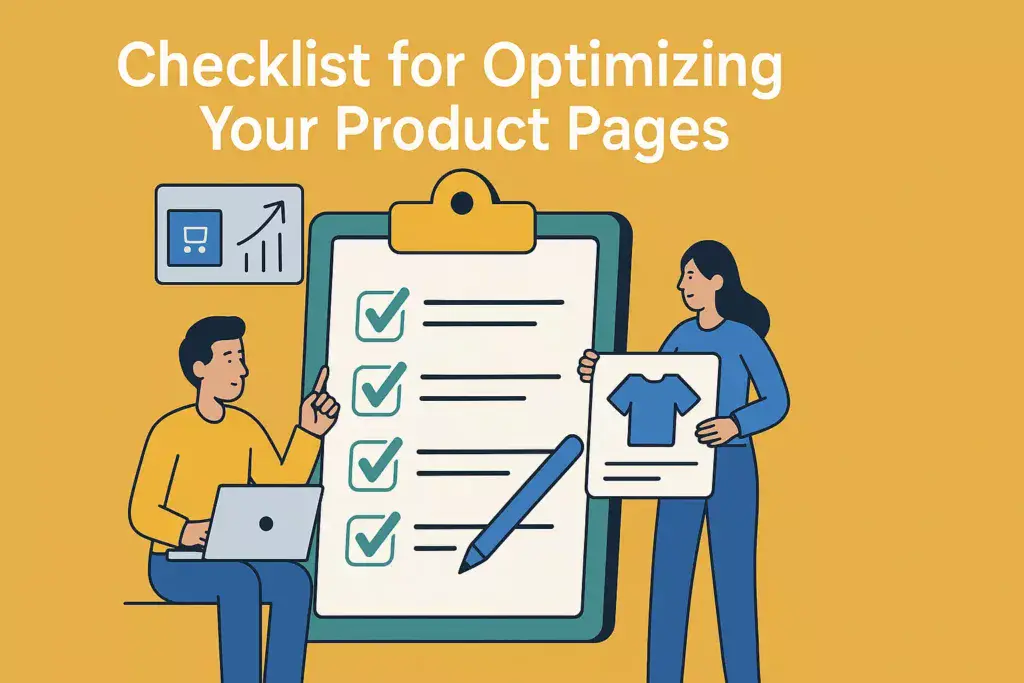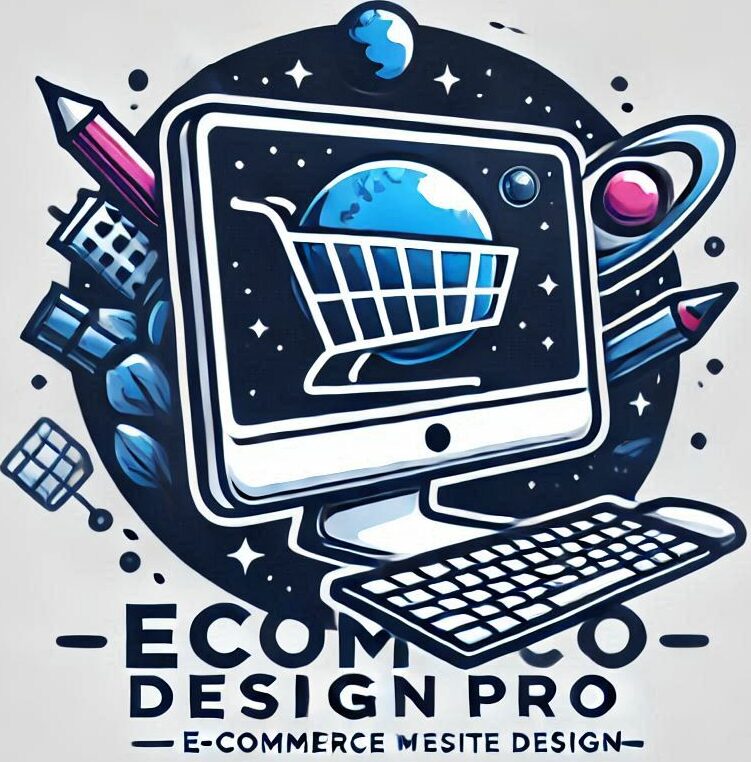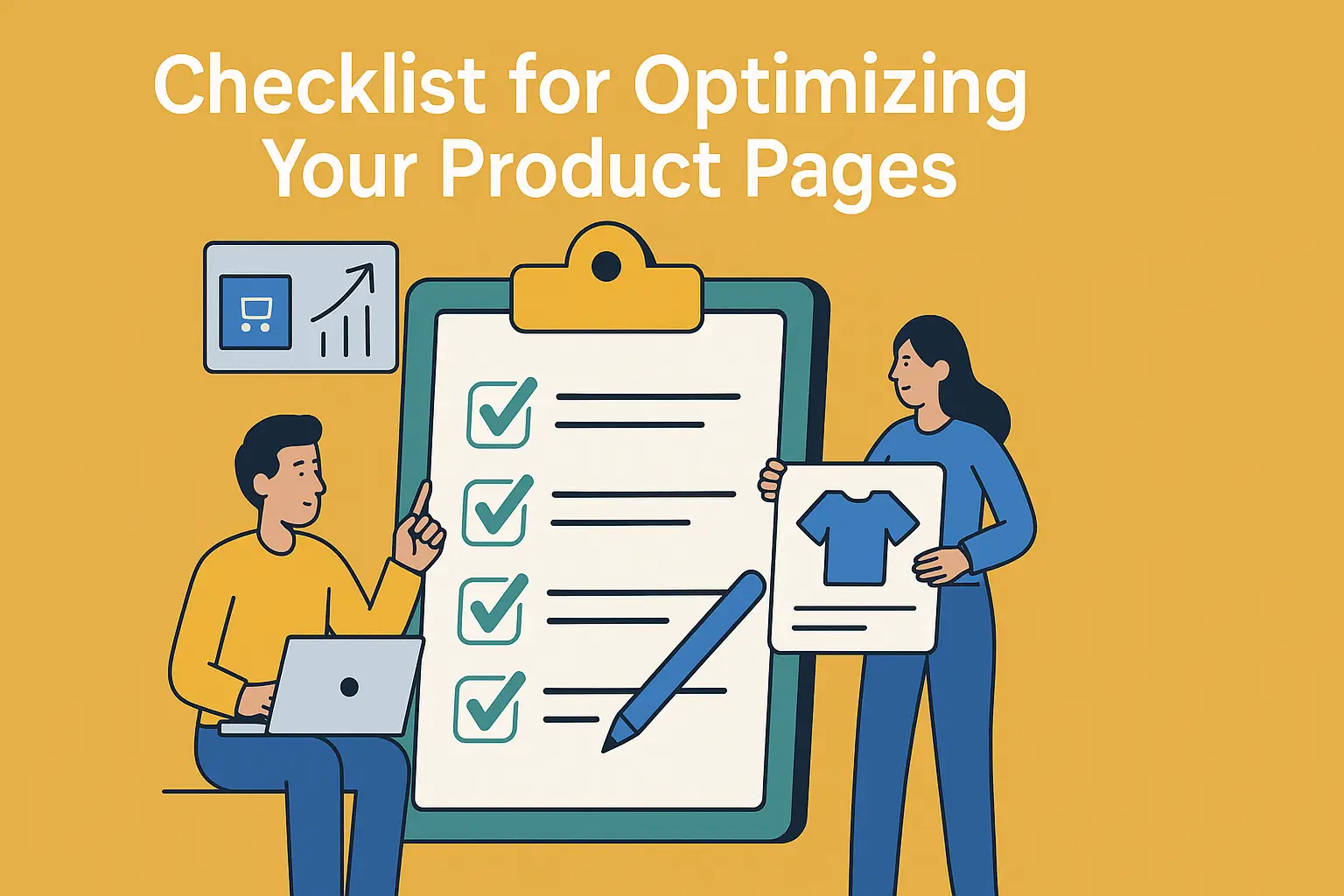
Checklist for Optimizing Your Product Pages is an essential resource for any e-commerce business looking to turn visitors into loyal customers. In today’s competitive online marketplace, your product pages are the digital storefronts for your brand. They not only showcase your products but also serve as a deciding factor in whether a customer completes a purchase.
When you follow a checklist for optimizing your product pages, you improve search engine rankings, increase visibility, and enhance user experience — all of which drive higher conversions. This guide covers visual elements, compelling content, and technical enhancements so you can maximize sales potential.
I. Introduction to the Checklist for Optimizing Your Product Pages
The checklist for optimizing your product pages is designed to help you improve both the look and functionality of your online store. A well-optimized product page builds trust, provides essential information, and reduces friction in the buying process. When done right, this optimization results in better SEO performance, more traffic, and a significant increase in sales.
Whether you’re launching new products or updating existing ones, this checklist ensures every detail — from images to page speed — contributes to a smooth and persuasive shopping experience.
Optimizing product pages brings a multitude of benefits. It can improve search engine rankings, increase visibility, and ultimately drive more traffic to your site. Additionally, well-crafted product pages can lead to higher conversion rates, reduced bounce rates, and increased customer satisfaction. By focusing on the various elements that contribute to a product page’s effectiveness, e-commerce businesses can effectively boost their sales and foster customer loyalty.
In this checklist, we will explore the key components of product page optimization. From visual elements that capture attention to technical aspects that enhance performance, each section will provide actionable insights to help you create compelling product pages. Whether you are new to e-commerce or looking to refine your existing strategy, this guide will equip you with the necessary tools to optimize your product pages for maximum impact.
II. Visual Elements in the Checklist for Optimizing Your Product Pages
Visual presentation is a powerful sales driver. The checklist for optimizing your product pages begins with high-quality visuals that engage customers and clearly represent your products.
The visual presentation of a product page is crucial for capturing the attention of potential customers and influencing their purchasing decisions. In an online shopping environment, where customers cannot physically interact with the product, high-quality visuals are essential for conveying the product’s value and appeal. This section delves into the key components of visual elements that can significantly enhance the effectiveness of your product pages.
A. High-Quality Images and Videos
First and foremost, the quality of images and videos displayed on your product pages can make or break a customer’s interest. High-resolution images that accurately represent the product are essential. These images should showcase the product from multiple angles and include close-ups to highlight important details. Furthermore, incorporating videos can provide a more dynamic view of the product in action, allowing customers to see how it is used, its size, and its features. A well-produced product video can increase engagement and help customers feel more confident in their purchasing decisions.
B. Optimizing Image Sizes for Loading Speed
While high-quality visuals are vital, it’s equally important to ensure that they are optimized for fast loading times. Large image files can slow down your website, leading to a poor user experience and potentially higher bounce rates. To combat this, utilize image compression tools to reduce file sizes without sacrificing quality. Additionally, consider implementing responsive images that automatically adjust to different screen sizes, providing an optimal viewing experience on both desktops and mobile devices. Striking a balance between image quality and loading speed is crucial for keeping customers engaged on your product page.
C. Using Zoom and 360-Degree Views
Adding zoom and 360-degree product views gives customers a closer look at details like texture and craftsmanship. This feature is a proven conversion booster in the checklist for optimizing your product pages.
To offer customers the best possible view of your products, consider integrating zoom functionality and 360-degree views. Zoom features allow customers to closely examine textures, materials, and intricate details that might not be visible in standard images. Meanwhile, 360-degree views provide an interactive experience, allowing customers to rotate the product and see it from every angle. This immersive approach not only enhances customer engagement but also builds trust by giving them a comprehensive understanding of what they are purchasing. Incorporating these advanced visual tools can significantly improve customer satisfaction and encourage conversions.
By focusing on these visual elements—high-quality images and videos, optimized image sizes, and interactive features like zoom and 360-degree views—you can create a product page that attracts and retains customer interest, leading to higher conversion rates and improved sales performance.
III. Content and Descriptions in the Checklist for Optimizing Your Product Pages
Your words matter just as much as your visuals. The checklist for optimizing your product pages focuses on writing content that informs, engages, and sells.
A. Writing Compelling Product Titles
The product title is often the first element a potential customer will encounter, making it crucial for both search engine optimization (SEO) and user experience. A well-crafted title should clearly convey what the product is while incorporating relevant keywords that potential buyers are likely to search for. Aim to keep titles concise and descriptive, ideally within 60 characters to ensure they are fully visible in search engine results. Including important attributes such as brand, model, size, and color can enhance clarity and relevance, making it easier for customers to find exactly what they’re looking for.
B. Creating Detailed and Informative Product Descriptions
A product description serves as an opportunity to engage customers and provide them with the information they need to make an informed purchasing decision. Focus on highlighting the key features and benefits of the product, addressing potential pain points or questions that customers may have. Use bullet points for easy scanning and break up text with headings or subheadings to improve readability. Incorporate storytelling elements where appropriate to create an emotional connection and illustrate how the product fits into the customer’s life. Remember to include relevant keywords naturally throughout the description to enhance SEO without compromising the flow of the text.
C. Incorporating Customer Reviews and Testimonials
Customer reviews and testimonials are powerful tools for building trust and credibility. They serve as social proof, influencing potential buyers by showcasing the experiences of others who have purchased the product. Actively encourage customers to leave reviews by following up after a purchase or offering incentives. When displaying reviews on the product page, consider highlighting both positive and constructive feedback to provide a balanced perspective. Additionally, incorporating user-generated content, such as photos or videos of customers using the product, can further enhance authenticity and encourage new customers to envision themselves benefiting from the product.
IV. Technical Optimization in the Checklist for Optimizing Your Product Pages
Even the most beautiful page will underperform without solid technical foundations. This section of the checklist for optimizing your product pages ensures your store performs well on search engines and all devices.
A. Implementing SEO Best Practices
Search Engine Optimization (SEO) is the backbone of online visibility. To ensure your product pages rank well in search engine results, follow these best practices:
- Keyword Research: Identify relevant keywords that potential customers use to search for products like yours. Incorporate these keywords naturally into your product titles, descriptions, and meta tags.
- Meta Tags and Descriptions: Write compelling meta titles and descriptions that accurately describe the product and include primary keywords. These elements are often the first impression users have of your page in search results.
- URL Structure: Create clean, descriptive URLs that reflect the product name and category. A well-structured URL is more user-friendly and contributes to better search engine indexing.
- Alt Text for Images: Use descriptive alt text for all images. This practice improves accessibility and provides additional context to search engines, enhancing your SEO efforts.
By implementing these SEO best practices, you will increase the likelihood of your product pages being discovered by potential customers.
B. Ensuring Mobile Responsiveness
With an increasing number of consumers shopping via smartphones and tablets, it’s essential that your product pages are fully optimized for mobile devices. Here are some key considerations:
- Responsive Design: Use responsive web design techniques to ensure that your product pages look and function well across all devices. This approach automatically adjusts the layout and content based on the screen size.
- Touch-Friendly Elements: Ensure buttons and links are easily clickable on mobile devices. This includes making sure that touch targets are large enough to be tapped comfortably without zooming in.
- Simplified Navigation: Mobile users benefit from streamlined navigation. Ensure that menus are easy to access and that essential information is readily available without excessive scrolling.
By prioritizing mobile responsiveness, you enhance the shopping experience for a significant portion of your audience, potentially increasing conversion rates.
C. Improving Page Load Times
Page load speed is a critical factor that directly impacts user experience and search engine rankings. To improve load times on your product pages, consider the following strategies:
- Image Optimization: Compress images to reduce file size without sacrificing quality. Tools like TinyPNG or ImageOptim can help with this process. Additionally, consider using next-gen formats like WebP, which offer better compression.
- Minify CSS and JavaScript: Remove unnecessary characters, comments, and spaces from your CSS and JavaScript files. Minification reduces file sizes and can significantly speed up page loading.
- Utilize Browser Caching: Leverage browser caching to store some elements of your product pages in users’ browsers. This means that returning visitors will experience faster load times since they won’t have to download the entire page again.
- Content Delivery Network (CDN): Implement a CDN to distribute your content across multiple servers worldwide. This reduces the physical distance between your server and the user, resulting in faster load times.
By focusing on improving page load times, you not only enhance user experience but also positively influence search engine rankings, leading to increased visibility and sales.
In summary, technical optimization is a vital component of product page enhancement. By implementing SEO best practices, ensuring mobile responsiveness, and improving page load times, you can create a robust foundation for your product pages that attracts and retains customers.
V. Conclusion: Putting the Checklist for Optimizing Your Product Pages into Action
By following this checklist for optimizing your product pages, you’ll boost both your SEO performance and your conversion rates. Focus on strong visuals, persuasive content, and seamless technical performance to give customers every reason to click “Buy Now.”
Remember, optimization is an ongoing process. Regularly test, gather customer feedback, and update your product pages to stay ahead in the ever-changing e-commerce landscape.
To recap, we highlighted several key strategies: utilizing high-quality images and videos, crafting compelling titles and informative descriptions, incorporating customer reviews, and ensuring your site is technically sound with SEO best practices and mobile responsiveness. Each of these elements plays a vital role in improving engagement and conversion rates.
We encourage you to implement this checklist methodically, assessing each aspect of your product pages to identify areas for improvement. Regularly revisiting and refining these strategies will help you stay ahead in the ever-evolving e-commerce environment.
Looking to the future, consider emerging trends in product page optimization, such as personalized shopping experiences and the integration of augmented reality. By staying informed and adaptable, you can continue to enhance your product pages for optimal performance and customer satisfaction.



